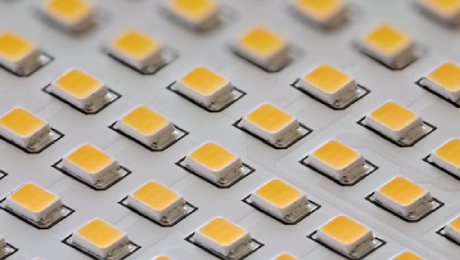SMD LED is a surface mounted lamp bead suitable for various electronic circuit applications such as indicator lights, lighting, and displays. In daily use, its wavelength, brightness, appearance, and other parameters have certain classifications.

Color classification of SMD LEDs
SMD LEDs can be classified based on color, with common colors such as red, yellow, green, blue, and white. According to the different colors, different materials and processes need to be selected to manufacture LEDs, in order to achieve different colors of luminescence.
Shape classification of SMD LEDs
SMD stands for Surface Mounted Devices, a special type of high power LED lights. With no wires, these devices provide less fuss and with seamless application,Top-Emitting Chip SMD LED、TOP-EMITTING CHIP SMD LED、Top-Emitting PLCC SMD LED、TOP-EMITTING PLCC SMD LED、Multi-Color SMD LED、MULTI-COLOR SMD LED;
Queendom SMD LED product offering is most commonly used for portable devices, company Display backlight, automotive backlight indication, new energy and medical biology and more.
In addition, SMD LEDs can also be divided based on their brightness, wavelength, operating current and other parameters. Among them, brightness is usually expressed in units such as mcd and cd, while wavelength refers to the spectral range that a light-emitting diode can emit, usually expressed in nanometers (nm), while the working current is usually around 20 mA.
When using SMD LEDs, different classifications need to be selected based on specific application situations. For example, in scenarios where long-distance signal transmission is required, high brightness LEDs need to be selected; In scenes that require color display or brightness adjustment, it is necessary to select LEDs with different colors or brightness.
Overall, SMD LEDs have various classifications to meet the needs of different application scenarios. When choosing, everyone must choose the appropriate SMD LEDs according to their actual needs.












